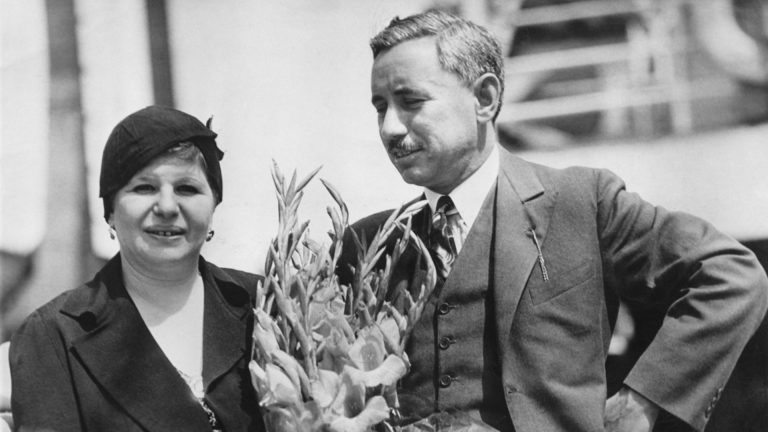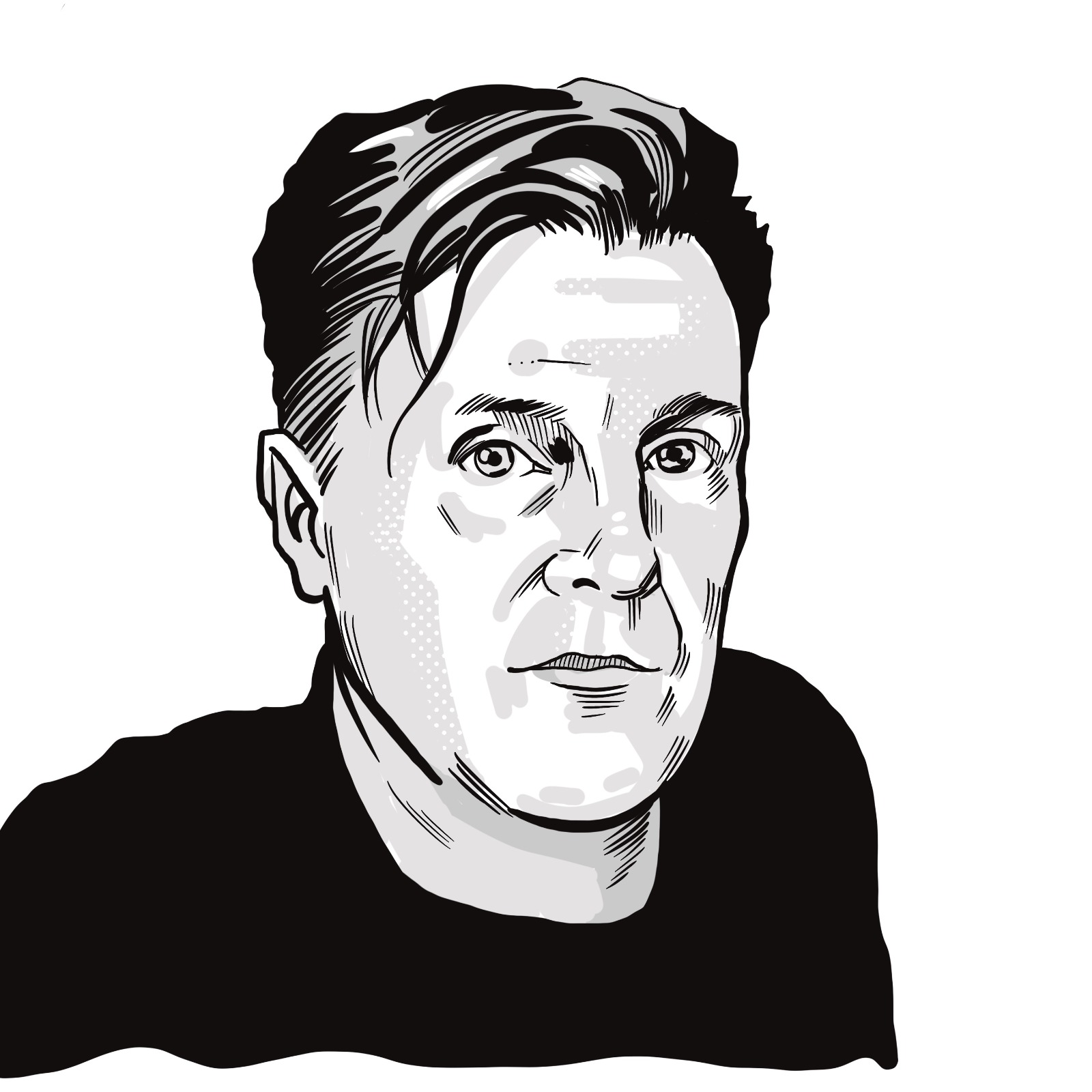SOPHIA DEBOICK looks back on a year which saw the first stirrings of a new sound and a new character – the teenager
If rock and roll was but a twinkle in Bill Haley’s eye as the 1950s dawned, 1952 saw it born, even if it would take time to mature.
This was the year Bill Haley and His Comets ditched their previous Saddlemen moniker and accompanying country style and adopted the rockabilly sound. Having recorded a cover of Rocket 88 the previous year, seen by some as the first true rock and roll record, 1952’s Rock The Joint took things further by including a guitar solo that would later be transplanted wholesale into their 1954 recording of Rock Around the Clock (itself written in 1952).
Haley’s breakthrough was joined by three other elements which made this year a crucial one in musical history: Sam Phillips started the Sun Records label, the Gibson Les Paul electric guitar was launched and, in March, a riot at a concert organised by rock and roll DJ Alan Freed saw ‘the teenager’ become far more radical than its precursor, the anodyne bobby soxers. The ground was being laid for the rock and roll revolution.
Sam Phillips had opened the Memphis Recording Service in 1950 with the intention of giving southern black musicians a chance to record. Rocket 88 had in fact already been recorded at MRS a few months before Bill Haley got to it, performed by Ike Turner, who wrote it, and his Kings of Rhythm band, with saxophonist Jackie Brenston on vocals.
When Phillips founded Sun Records from the MRS base in 1952 he had already recorded Howlin’ Wolf and BB King. Elvis was just beginning his senior year of high school that September, but when he walked in off the street the following summer to record two songs as a gift for his mother, he would turn out to be what the visionary Phillips was looking for – a white artist who could popularise black rhythm and blues – and Sun became the home of a new sound which changed music forever.
Another new sound which would echo down the following decades was born in this year, courtesy of jazz musician and pioneering guitar inventor, Les Paul. Fender had launched the Telecaster in 1950, and as the first mass-produced solid body guitar it marked a decisive move from the acoustic to the electric. Les Paul’s Goldtop, first marketed by Gibson in 1952, provided both a rival to the Telecaster and a new blueprint for the electric guitar.
The addition of humbucker pickups made it capable of a warmer sound and natural sustain than the crisper, twangy effect of the Telecaster’s single coil pickups and it fundamentally changed the sound of rock. Many a guitar god has made the Les Paul their instrument, including Jimmy Page, Keith Richards and Slash, and the past half century of rock music wouldn’t be recognisable without it.
Alan Freed’s Moondog Coronation Ball, held in Cleveland, Ohio on March 21, 1952 was another watershed moment as it was the first large-scale rock and roll concert. The prominence of black artists on the bill in this year of the release of the first album of original material by Billie Holiday and Ray Charles’ signing to Atlantic was significant, but the disorderly behaviour of the audience also established rock and roll as a genre of excitability and danger.
As a twice capacity crowd, mostly made up of teenagers, tried to squeeze into the venue, the authorities closed it down and a riot ensued. Teen hysteria was also elicited in this year courtesy of 25-year-old Johnnie Ray, who had a US No. 1 with Cry, as well as releasing his eponymous debut album.
Contrasting with the staid mien of other big acts of that year, from fellow early teen idol Eddie Fisher to crooner Perry Como, his anguished vocals introduced ‘ohs’ and ‘ahs’ into the pop lexicon and his histrionic performance style, similar to what Jacques Brel was then developing over in Europe, was quite new.
Influenced by R&B and gospel, as was the bluesy emoting of another star of the era, Frankie Laine, he cleared a path for the unbuttoned, unsanitised feel of full-blown rock and roll, and Ray’s status as a hearing aid-wearing, alcoholic, closeted gay man left lots of potential for his later reclamation as one of pop’s great antiheroes (predictably, Morrissey is a fan).
Such proto-pop idols would gain new currency in 1952 as the New Musical Express published the first UK singles chart in November (Billboard had published something similar since 1936). Percy Dickins, NME founder, came up with the idea of adding record sales figures to official sheet music sales, doing so by the quaint method of phoning round a sample of 20 record shops every week to gather their stats.
Balladeer Al Martino’s Here In My Heart was the first No. 1 on the newly-established chart, and in coming years the singles chart would become a medium for the promotion of rock and pop, giving birth to countless chart battles dreamt up in marketing offices and driving sales as music entered a new era.
At the more avant-garde end of the music market, 1952 brought a number of foreshadowings of the creative extremes of the next three decades. At the end of August, John Cage’s 4′ 33′ premiered at the Maverick Concert Hall, near Woodstock, New York.
As pianist David Tudor simply sat at the piano for four minutes and 33 seconds, the audience reaction was one of disgust, but the piece shifted the very definition of music, turning attention to environmental sounds, with profound implications for ambient music and sound art.
It was also in this year that Cage staged Theatre Piece No. 1, a multi-media performance event, at North Carolina’s radical Black Mountain College. With poetry readings, dance, slide projections, film, music and even a barking dog, the piece was a key step in the development of performance art and the later ‘happenings’ of the 1960s counterculture.
The birth of punk pioneers Joe Strummer, The Stranglers’ Jean-Jacques Burnel and the Buzzcocks’ Howard Devoto in this year, as well as that of disco king Nile Rodgers and post-punk innovator David Byrne, would make it of key importance to the most ground-breaking music of the 1970s and beyond.
For Britain, the rock and roll age couldn’t come fast enough, the UK charts dominated by crooners in an era where it sometimes seemed like young people didn’t exist.
The death of George VI in February had seen the wartime monarch give way to his 25-year-old daughter, but the restrictions of wartime life were only just beginning to loosen, with compulsory ID cards finally dropped and tea coming off the ration.
And it was hardly an era of peace. British troops were engaged in Korea and in February, Prime Minister Winston Churchill had confirmed that Britain had nuclear weapons. Churchill’s pursuit of the ‘special relationship’ with the US during this, his second premiership would have consequences for Britain’s conduct abroad, felt to this day.
The Egyptian revolution of the summer of 1952 sowed the seeds for the later Suez Crisis, while the Mau Mau Uprising saw the imprisonment and torture of thousands of Kenyans by UK government forces. Indeed, Britain’s moral redundancy was proven by the conviction of Alan Turing for gross indecency in April and his subjection to chemical castration treatment.
While the previous year’s Festival of Britain had been intended to showcase a forward-looking Britain, the year ended with the Great Smog, which revealed London to be technologically primitive. There was considerable rot below the surface of this allegedly modernising nation.
Things moved quickly after 1952. Within two years rock and roll broke free of its chains and ran amok as Elvis’ That’s All Right was released. The consequences were not just a musical paradigm shift, but a new model for what it was to be young and challenging of social taboos. But the hits of 1952 had been a crucial step towards this moment of change.
Dr Sophia L Deboick is a historian of popular culture. Follow her @SophiaDeboick










